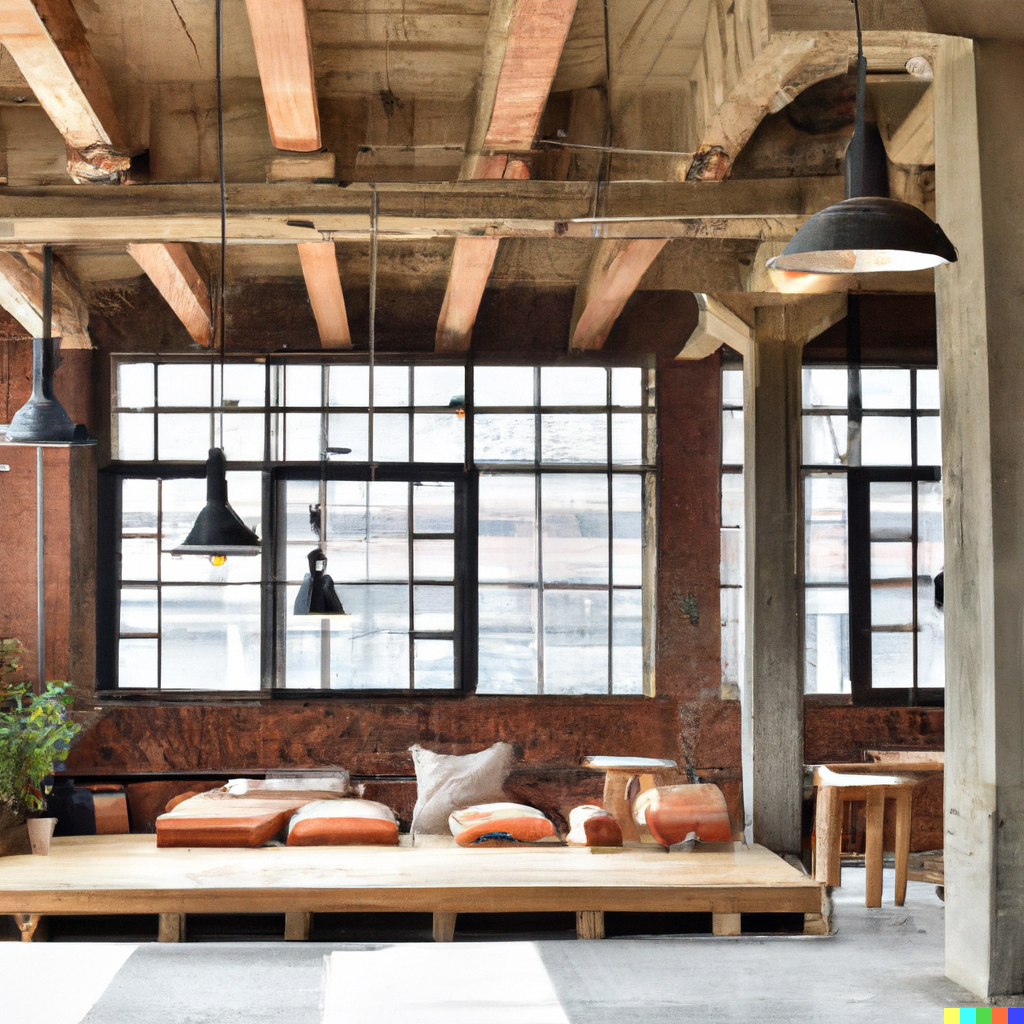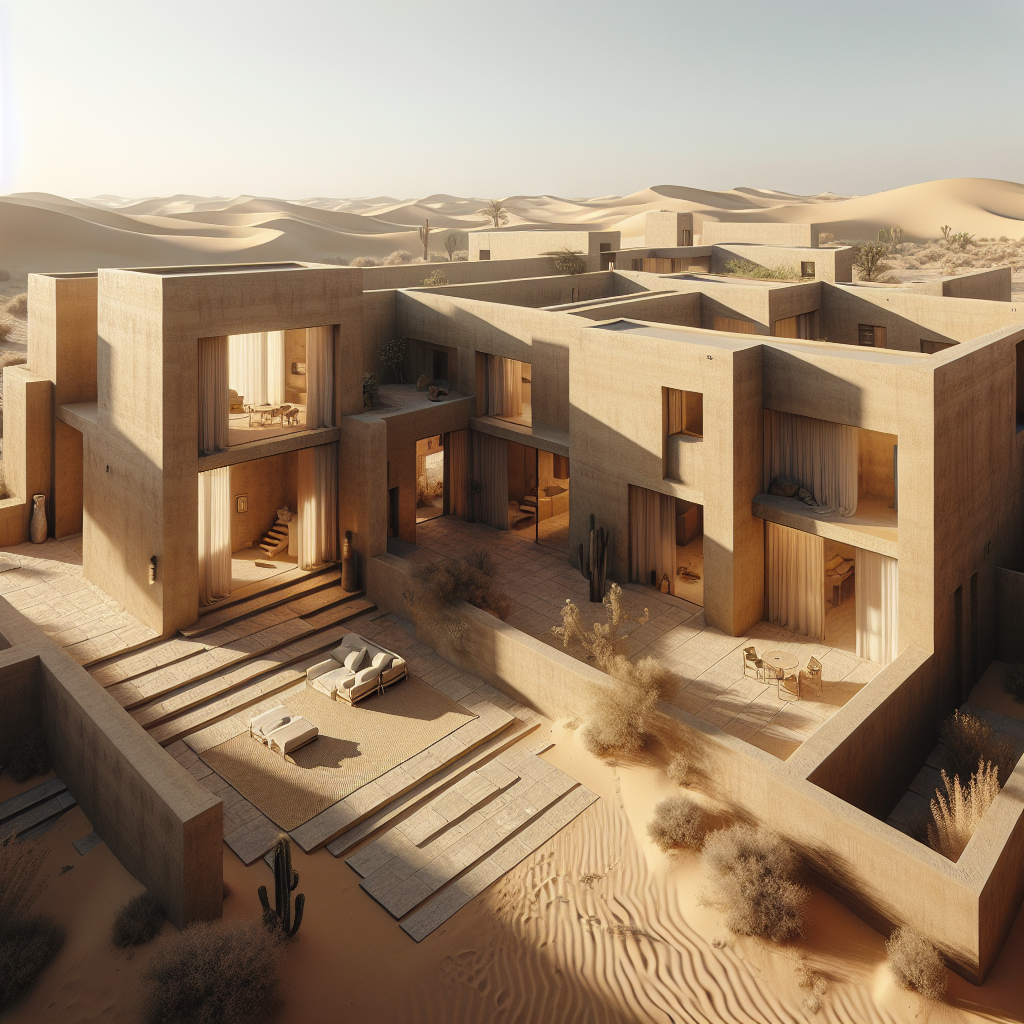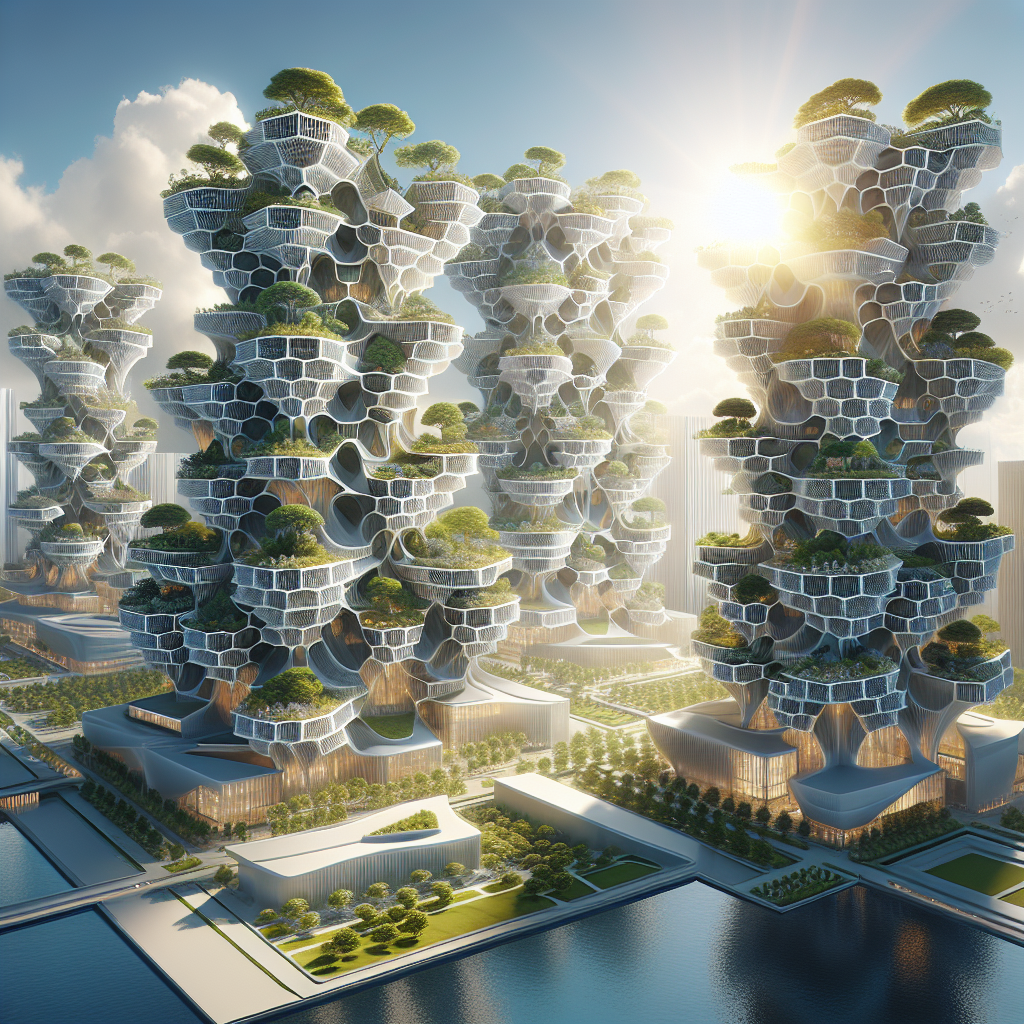Rustic Meets Modern: Unraveling the Ascendancy of Industrial Design in Contemporary Urban Homes

A Captivating Blend of Styles
The symphony of rustic charm and modern aesthetics continues to resonate through today’s architectural panorama, especially in the sphere of urban residential designs. This fascinating blend, often dubbed as industrial design, has seen an impressive rise, captivating the imaginations of city dwellers and design enthusiasts alike.
The Essence of Industrial Design
Industrial design is a spectacular amalgamation of two seemingly disparate styles, the rough-hewn rustic aesthetic and the sleek modernity, coalescing into a style that exudes an air of timelessness and elegance. An intriguing blend of warm, earthy tones, exposed brickwork, steel structures, and modern fixtures creates an environment where every corner narrates a unique story.
The Elements of Industrial Design
An essential element in the industrial design palette is the use of raw, unfinished materials. Steel beams, exposed ductwork, and bare brick walls pay homage to the rustic origins of this design style. Complementing these elements, modern features like large windows, open floor plans, and minimalist furniture add a touch of contemporary sophistication.
The Urban Home’s Affinity for Industrial Design
The appeal of this design trend has spread like wildfire, especially among urban homes. There’s a growing inclination towards spaces that celebrate the structure’s original architectural elements and materials. Industrial design respects and preserves these elements, thereby allowing residents to connect with their home’s inherent character and history.
Practicality and Efficiency
Delving into the practicality aspect, industrial design is an excellent choice for urban homes due to its space efficiency. The open-plan layouts common to this style promote a sense of spaciousness and fluidity, making it perfect for smaller city apartments.
Sustainability at the Core
Furthermore, industrial design embodies sustainability in its core ethos. By reusing and repurposing existing architectural features, it minimizes the need for new materials. This approach aligns with the contemporary ethos of environmental responsibility, lending the design even greater appeal.
A Response to Changing Urban Living
As the urban landscape continues to evolve, so does the relevance of industrial design. It’s more than a passing trend—it’s a response to the changing demands of city living. It offers a creative solution to the challenge of balancing style, space, and sustainability.
Comfort and Style Unite
On a final note, embracing industrial design does not mean abandoning comfort. On the contrary, by combining earthy, rustic elements with the sleek lines of modern design, it creates spaces that are both stylish and welcoming. It’s a testament to the design’s versatility that it can seamlessly blend into any setting, infusing every space with a unique identity and charm.
A Creative Palette for Urban Homes
In this ever-evolving world of design, industrial style stands as a testament to the power of fusion, offering a creative palette for those seeking an unconventional, yet elegant design solution for their urban homes.





